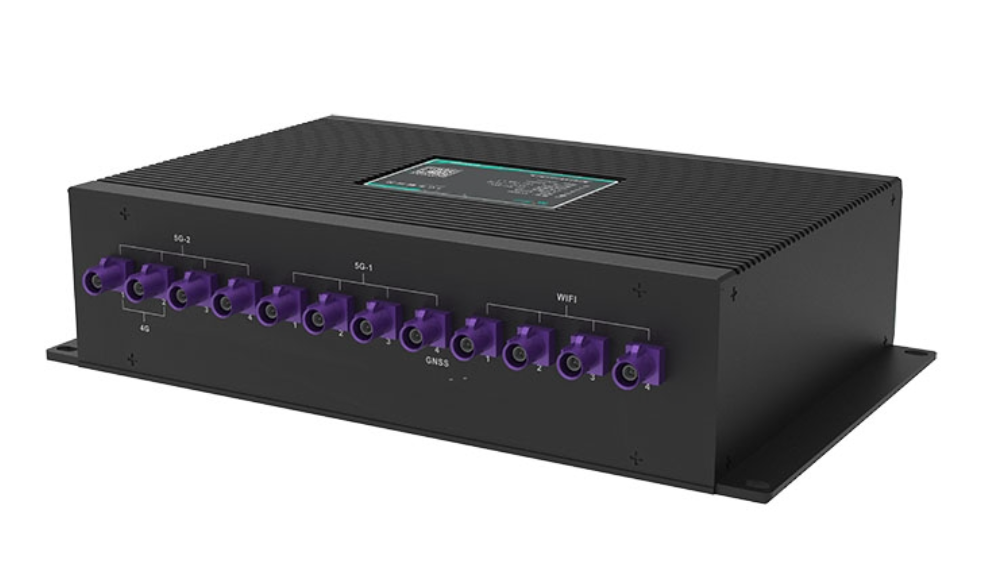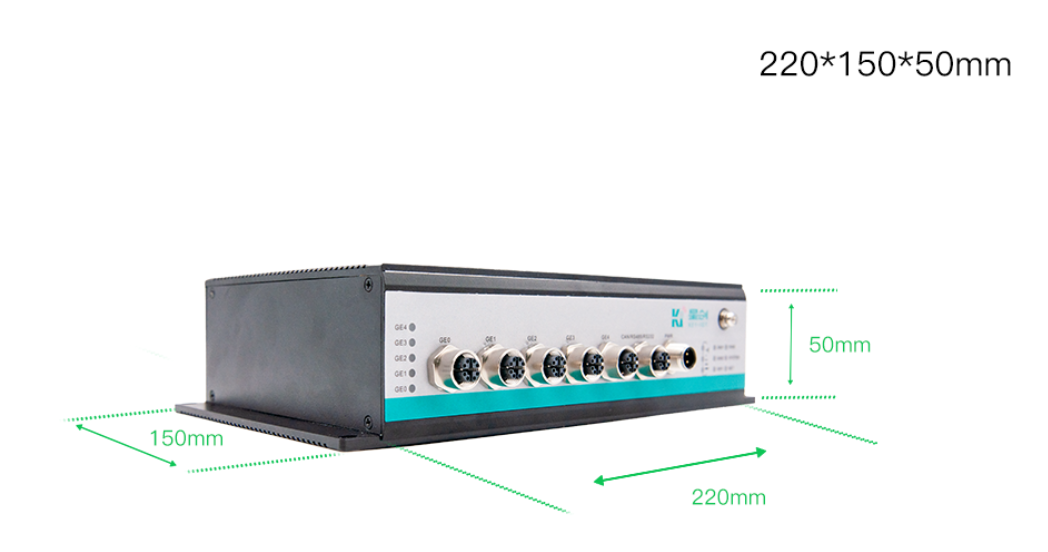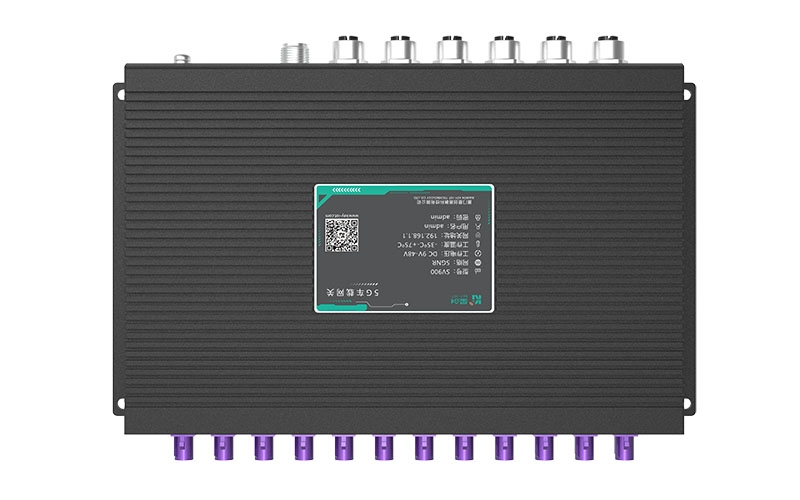SEARCH
— 葡萄酒 | 威士忌 | 白兰地 | 啤酒 —
— 葡萄酒 | 威士忌 | 白兰地 | 啤酒 —
 Introduction
IntroductionIn today’s automotive industry, the demand for intelligence and connectivity continues to grow. To enable communication and data exchange between vehicles and external networks, the vehicle gateway has emerged. This article explains the basics of vehicle gateways and their typical locations in vehicles.
A vehicle gateway is a core device designed for communication and data transmission between vehicles and external networks. It acts as a bridge between internal vehicle systems (e.g., Electronic Control Units, or ECUs) and external networks (e.g., cloud platforms, mobile devices). This component is critical for enabling smart driving, vehicle connectivity (V2X), and remote control functionalities.
The gateway connects various internal ECUs and external networks, facilitating data exchange through high-speed buses like Ethernet. It ensures seamless communication between in-vehicle systems and external infrastructure.
Vehicle gateways enable remote diagnostics, real-time status monitoring, and over-the-air (OTA) software updates. For example, automakers can remotely troubleshoot issues or roll out new features to enhance vehicle performance.
Advanced authentication and encryption mechanisms safeguard transmitted data against unauthorized access or tampering. This ensures both system security and user privacy.
 3.1 Inside the Cabin
3.1 Inside the CabinIn some models, the gateway is placed near the driver’s control panel or under the seat for easy access to sensors and communication systems.
Positioned under the vehicle floor to protect against collisions and simplify wiring maintenance.
Installed in the trunk or under rear seats for organized electronic device management and easier upgrades.
In commercial vehicles, gateways may be mounted on the roof to maximize network coverage and reduce signal interference.

Real-time tracking of fleet locations, cargo status, and route optimization.
Remote diagnostics for heavy machinery and integration with management systems to boost productivity.
Smart public transport (e.g., bus tracking, passenger analytics) and waste management.
Monitoring grid equipment and enabling real-time data analysis for safer operations.
Facilitating data exchange between autonomous vehicles and production lines.
By bridging vehicles with external networks, vehicle gateways enhance efficiency, reliability, and safety in automotive and industrial ecosystems.
Note: Structured per SEO guidelines to prioritize H2 and H3 headings for improved readability and search engine indexing
.
The topology diagram shows a comprehensive autonomous driving solution for intelligent connected vehicles, adopting a cloud-edge-device three-layer architecture connected through high-speed communication networks. The overall architecture is divid...
View detailsWith the continuous improvement of manufacturing automation levels aimed at enhancing component processing precision and production efficiency while shortening product manufacturing cycles, machine replacement of human labor is becoming an inevita...
View detailsThe SV900 series is a high-performance 5G vehicle gateway specifically designed for unmanned mining trucks, featuring advanced communication technology and robust design to meet stable connectivity requirements in harsh mining environments. This g...
View detailsThe StarRouter500 industrial router features an innovative dual Ethernet port design (1 WAN port + 1 LAN port) combined with dual SIM card slots technology, providing comprehensive redundant communication links.
View detailsHello fellow forum members! I'm Engineer Lin from StarRouter, and today I want to share detailed insights about our flagship 4G data SIM router - the SR500 dual-port industrial router.
View detailsAs the name suggests, network packet loss refers to the situation where some data packets fail to successfully transmit from the source address to the destination address during data transmission, getting "lost" or "discarded" midway.
View detailsHello to all forum friends! I'm Old Gao from KEY-IOT, and after years in network technology, I work daily with various industrial control and IoT devices. Today I'd like to share some practical insights and our team's hands-on experience with SIM ...
View detailsMo